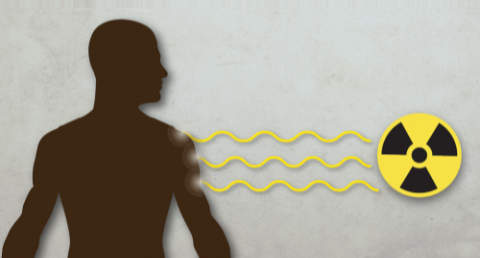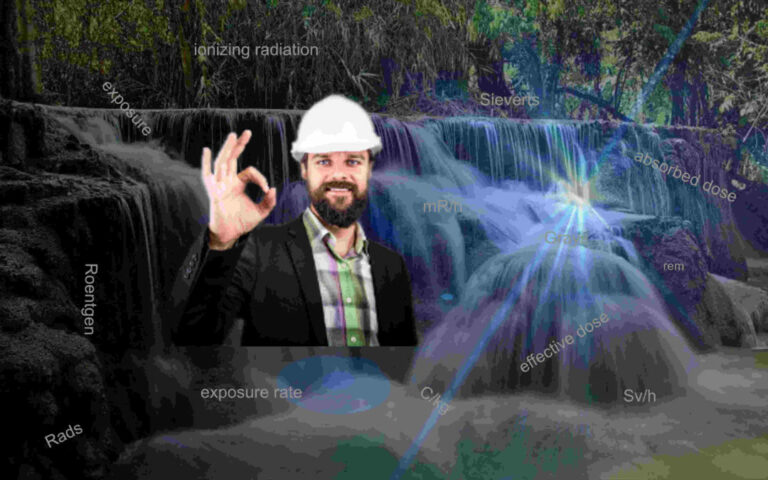Remembering the Harmful Effects of Ionizing Radiation

Remembering the Harmful Effects of Ionizing Radiation Introduction Scientists have known for a very long time now that exposure to ionizing radiation can have harmful effects in humans. Awareness first manifested itself by radiation burns on the early experimenters who paid dearly for their work. Fortunately, modern radioactive devices employ many well engineered safety measures […]


